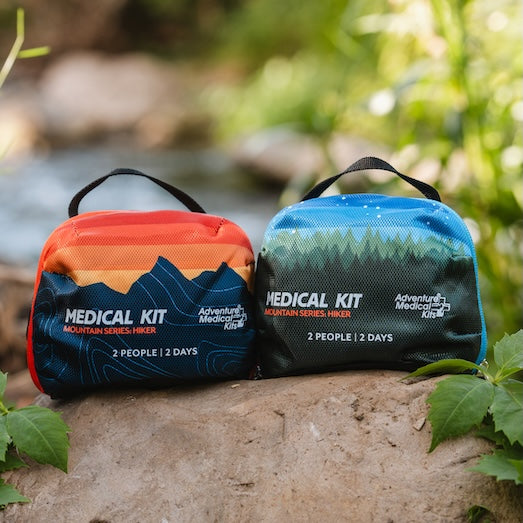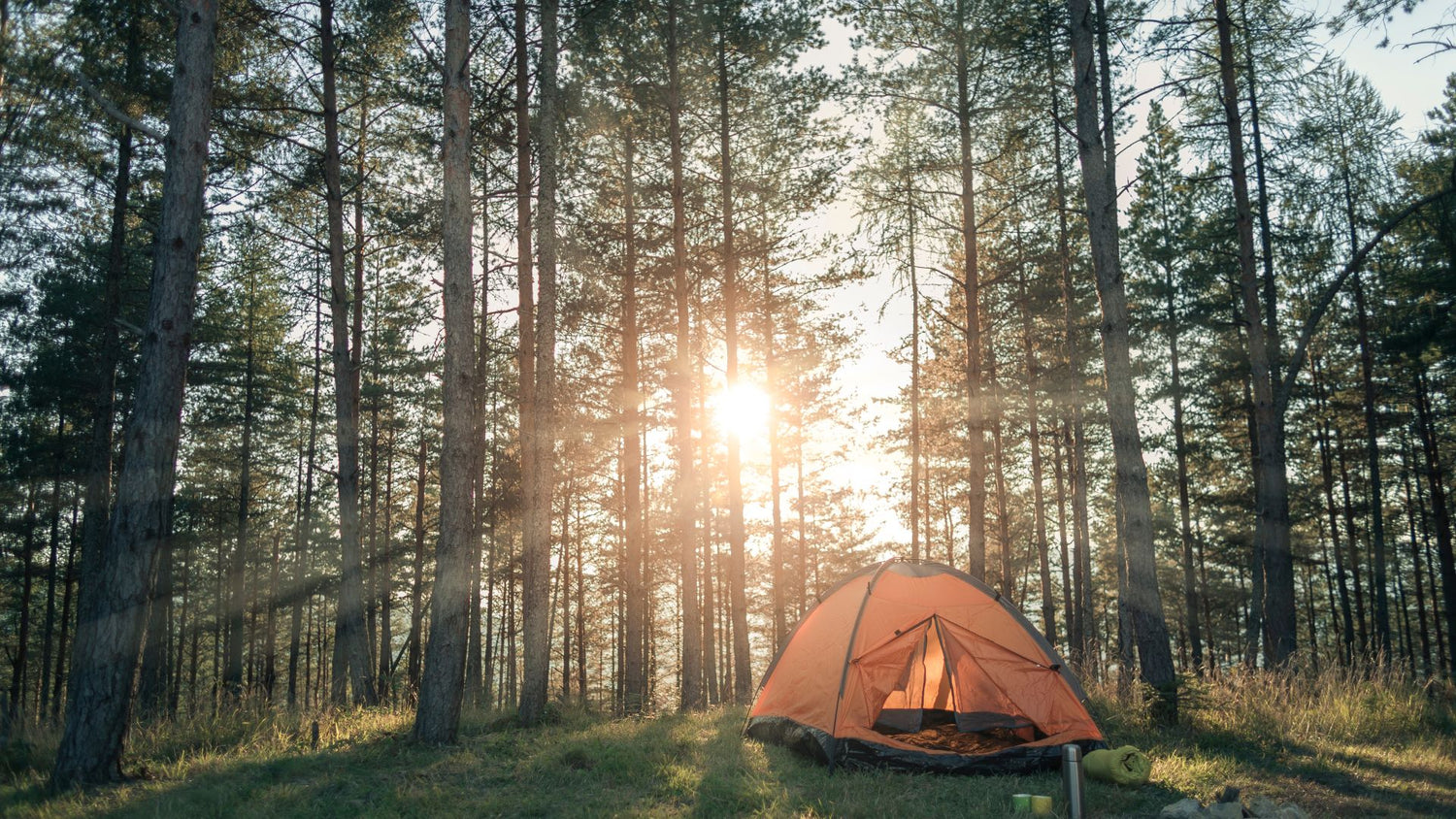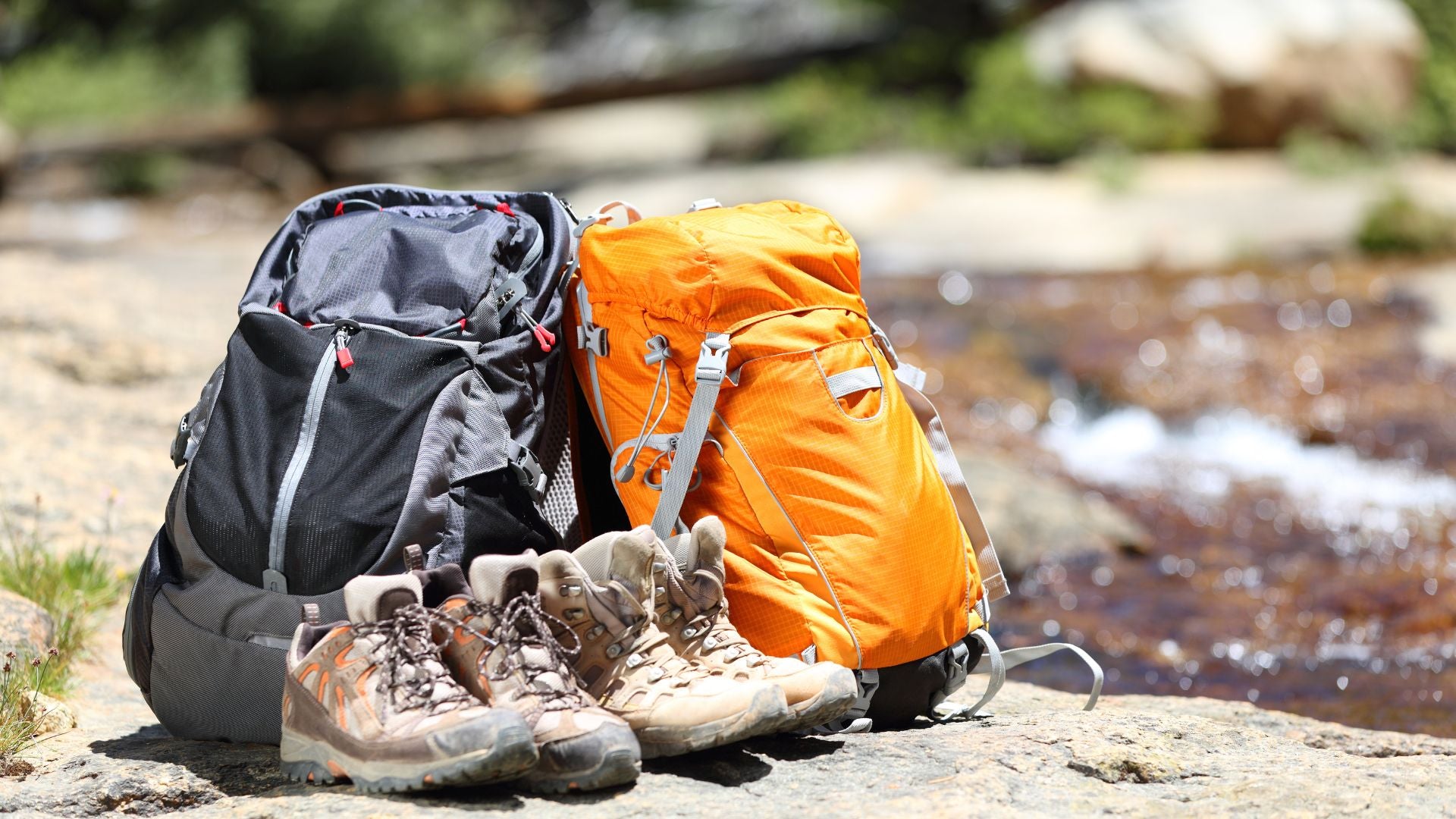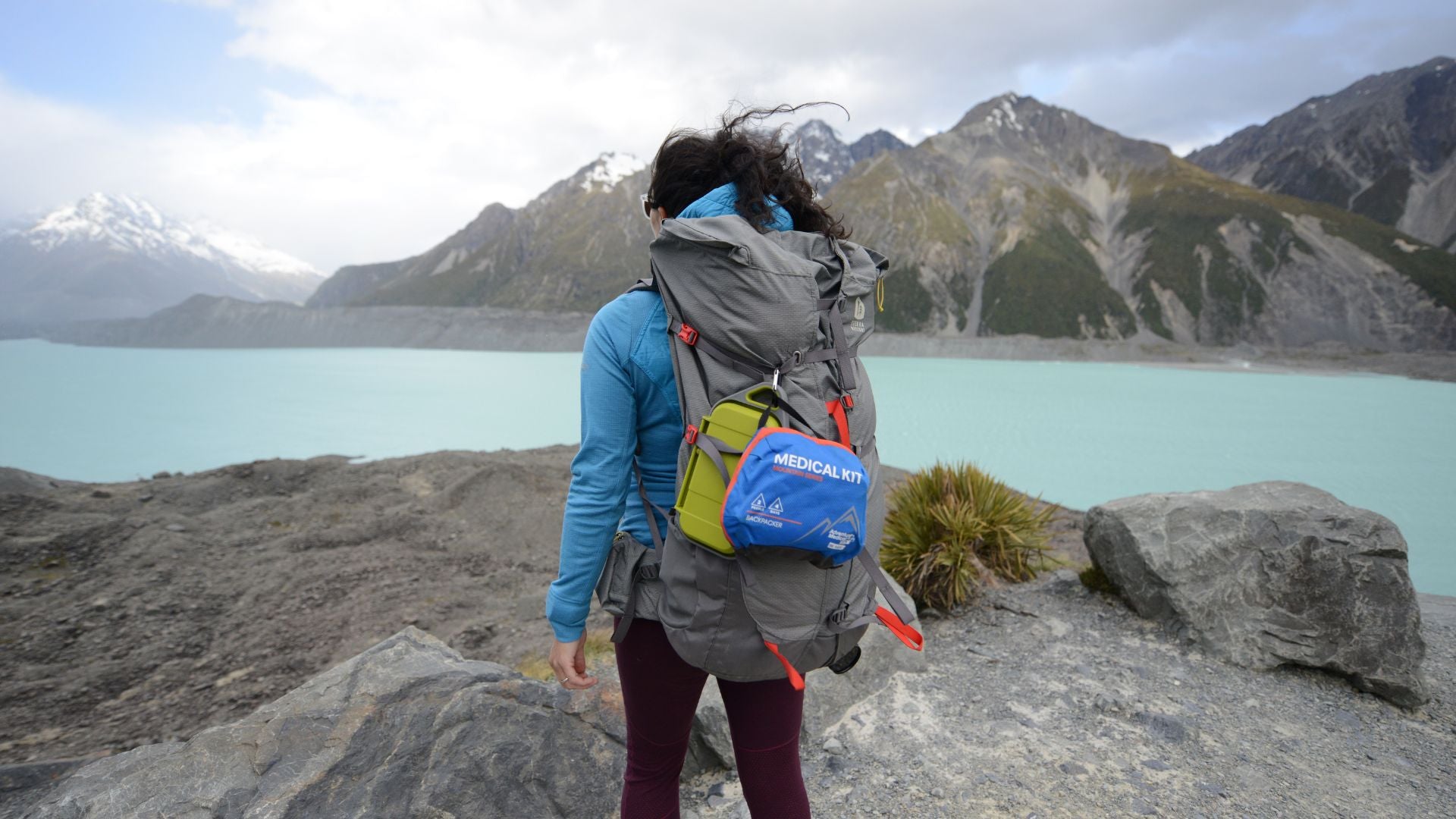Labor Day Weekend, just before the kids go back to school, is typically the last gasp of camping in many parts of the country. But the unofficial end of summer doesn’t mean the potential hazards that exist in the outdoors at the start of the season are any less of a threat. In the second of his two-part piece on camping safety, AMK’s wilderness safety blogger, Buck Tilton, tackles bears and the basics – starting with how to choose the right campsite.
Timing is Everything
If the sun is fading fast, you have already broken the first rule of safe campsite selection: do your selecting and setting up while you have plenty of light. Whether you are in the backcountry or a national park campground, if you can’t see well, you can’t do well. Yes, you’re looking for comfort, but even more you want a site free of hazards.
Look Up, Look Down, Look All Around!
Look up for “widowmakers,” large dead limbs that could fall. No tents or kitchen sites go under widowmakers, or underneath dead trees that could topple in a high wind. Look down for signs rain has puddled or run through your choice of campsites. Even if you don’t anticipate precip, choose another site with more elevation, just to be sure. If it’s thunderstorm season, do not set camp in the open, on ridges, or near tall trees where your site could be a target for lightning. Avoid being too close to the tops of cliffs that someone might stumble off or the bottom of cliffs that rocks could tumble off.
Location, Location, Location
You want to be near a source of water but not too near. The Leave No Trace program asks you to be at least 200 feet (about 70 adult paces) from water to reduce the chance of impact. With children along, you also want to avoid banks with sudden drop-offs into deep water and/or fast currents. Keep your campfire area clean of all objects – wood, kindling, rocks and anything else that may trip you up for a fall into the fire. Stack wood and kindling far back from the fire ring or pit.
The Bear Facts
If you see bear signs—bear scat, bear tracks, claw marks on trees, juicy berries, salmon leaping upstream, gnawed deer carcasses, or big furry bruins—you are not at a safe campsite. If you are in the backcountry and you find your designated campsite littered with tent stakes, cooking utensils and rope be aware the previous occupants could have left in a hurry do to a nearby bear or other wild animal raiding the camp. Find a different spot. If you can see a long way from your site, good. Bears will see you a long way off and you can see them a long way off. Bears do not like surprises. Generally speaking, bears do not like noise either. This is the one time when a heavy snorer is a welcome addition to your tent! In bear country, don’t shush the kids too often.
Your trash is bear treasure. Practice clean camping. Consider all garbage attractive and keep it separately bagged within your food bag. Cache all food and anything else fragrant, such as toothpaste, soap, and chewing gum. You have three cache choices in the backcountry:
- You can hang your food and other fragrant items in a tree.
- You can store it in a bear-proof container.
- When trees are scarce, you can double bag your items in plastic and store it on the ground at least 300 feet from your tent.
When car camping, store everything in the car – camp stove, water bottles, cooking utensils, food and coolers. And lastly, check yourself and your kids to make sure no one is wearing food from dinner on their clothes or is carrying a spare candy bar in their pocket.
Bear-Proofing Your Food
I recommend packing about 60 feet of strong cord or light rope for hanging a bear bag. The trees you choose for hanging the bag should be at least 300 feet (91.44 meters) from your camp. Although you can toss the line over a high limb and haul it up, food is safer depending from a line stretched between two trees with the bag ending up at least 10 feet off the ground and at least four feet from the nearest tree trunk.
With Small Kids
With the site selected, the kids need a safety briefing. Establish the boundaries across which they are not allowed. Point out any obvious dangers: poison ivy, attractive berries that should be avoided, plants that can puncture. Then see if you can get them to help set up camp!
Recommended Safety Gear List for Your Camping Trip:
First Aid Kit – Adventure Medical Kits' Mountain Explorer Medical Kit.
Bug Repellent – Ben’s 30% DEET or Natrapel 12-Hour Picaridin Repellents.
Bite Treatment – After Bite – America’s #1 brand for effective bite relief.
Survival Blanket – The SOL Heavy Duty Emergency Blanket. Can be used as an emergency shelter or as a ground cloth for your tent.
Hand Sanitizer – Alcohol-free hand sanitizer. Using it will reduce the chance of contracting a stomach ailment in the backcountry.
Body Wipes – Rinse-free Adventure Bath Wipes. Specially formulated to kill odor causing bacteria while also helping to moisturize the skin. Next best thing to a shower!
For more great camping safety gear go to: adventuremedicalkits.com
Buck Tilton is a wilderness medicine and survival expert and author, who has written 36 books on outdoor safety. Over the past 20 years, he has contributed hundreds of articles and a regular column to Backpacker. Tilton also co-founded the Wilderness Medicine Institute, now WMI of NOLS, which is the largest school of wilderness medicine in the world. This month he joins AMK as a regular blogger.














